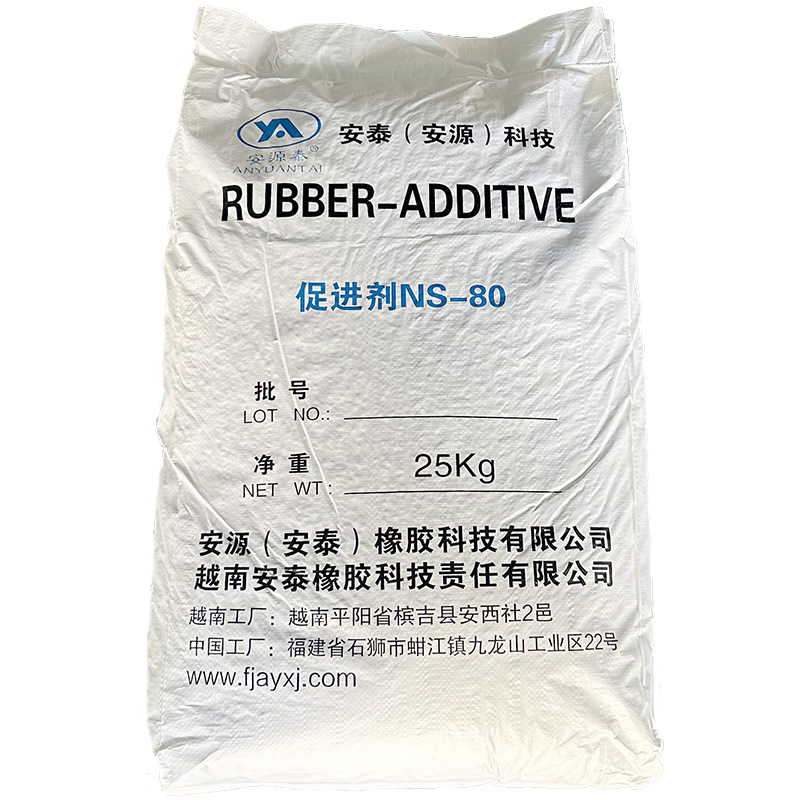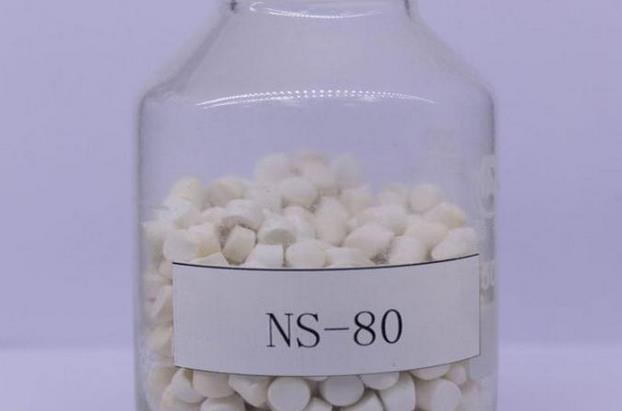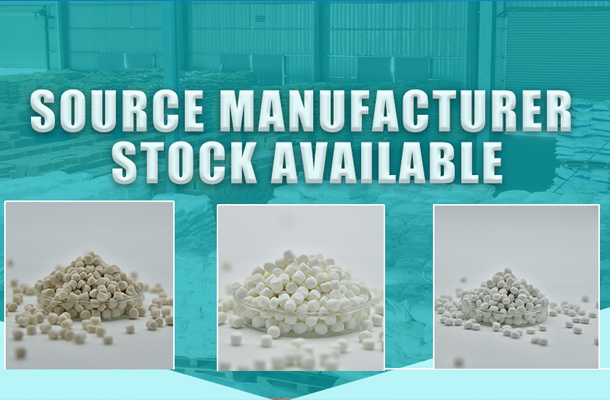TBBS, short for N-Tertiary Butyl-2-Benzothiazole Sulfenamide, is a pivotal additive in the rubber vulcanization process, playing a multifaceted role due to its unique chemical and performance characteristics. As a member of the sulfenamide family of accelerators, TBBS is renowned for its ability to significantly impact the efficiency, control, and end-quality of rubber compounds. Here's a comprehensive breakdown of the roles played by TBBS in rubber vulcanization:
Enhanced Crosslinking Efficiency: TBBS acts as a powerful sulfur donor, breaking down at elevated temperatures during vulcanization to release sulfur-active species. These species facilitate the formation of robust sulfur bridges between rubber polymer chains, resulting in a more densely cross-linked network. This process significantly improves the mechanical properties of the rubber, such as tensile strength, modulus, and tear resistance.
Scorch Protection: A standout feature of TBBS is its excellent scorch resistance, meaning it delays the onset of premature vulcanization during mixing and processing. This property allows for longer mixing times, greater processing flexibility, and reduced risk of material waste, which is particularly beneficial for complex or large-scale manufacturing processes.
Improved Processing and Dispersion: TBBS promotes the uniform dispersion of sulfur within the rubber compound, ensuring a consistent and homogeneous vulcanization profile. This leads to more predictable and controlled curing behavior, reducing the likelihood of surface defects or inconsistencies in the final product.
Optimized Physical and Dynamic Properties: The use of TBBS can lead to rubber products with improved resilience, abrasion resistance, and fatigue life, making it particularly valuable for applications where durability and high-performance under dynamic loads are crucial. It is especially effective in enhancing the performance of tires, conveyor belts, and technical rubber goods.
Compatibility Across Rubber Types: TBBS demonstrates excellent compatibility with a wide range of rubber polymers, including natural rubber (NR), styrene-butadiene rubber (SBR), butyl rubber (IIR), nitrile rubber (NBR), and ethylene-propylene-diene monomer (EPDM). This versatility makes it a staple ingredient in various rubber formulations.
Non-Staining and Low Toxicity: Unlike some accelerators, TBBS is known for its non-staining properties, making it suitable for use in color-sensitive applications such as white rubber goods or products where aesthetic appearance is important. Additionally, it generally exhibits lower toxicity levels, aligning with modern trends towards more environmentally friendly and safer chemicals in manufacturing.
In summary, TBBS serves as a cornerstone in modern rubber technology by enabling the production of high-quality rubber products with optimized performance characteristics, efficient processing, and enhanced durability. Its ability to balance acceleration with scorch safety and contribute positively to the rubber's physical properties underscores its importance in the rubber industry.









